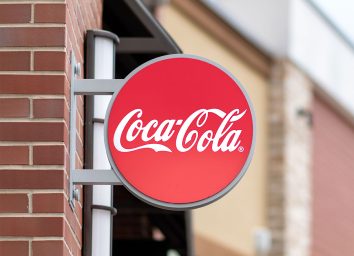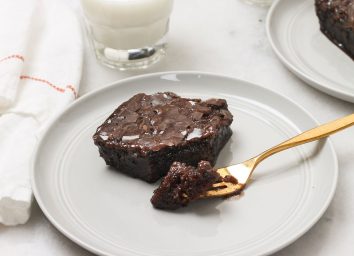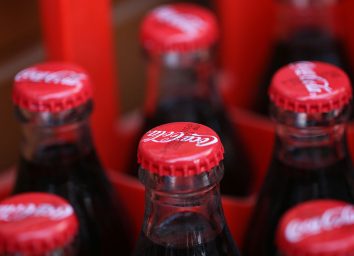7 Terrible Myths About Coca-Cola That Are Totally Bogus
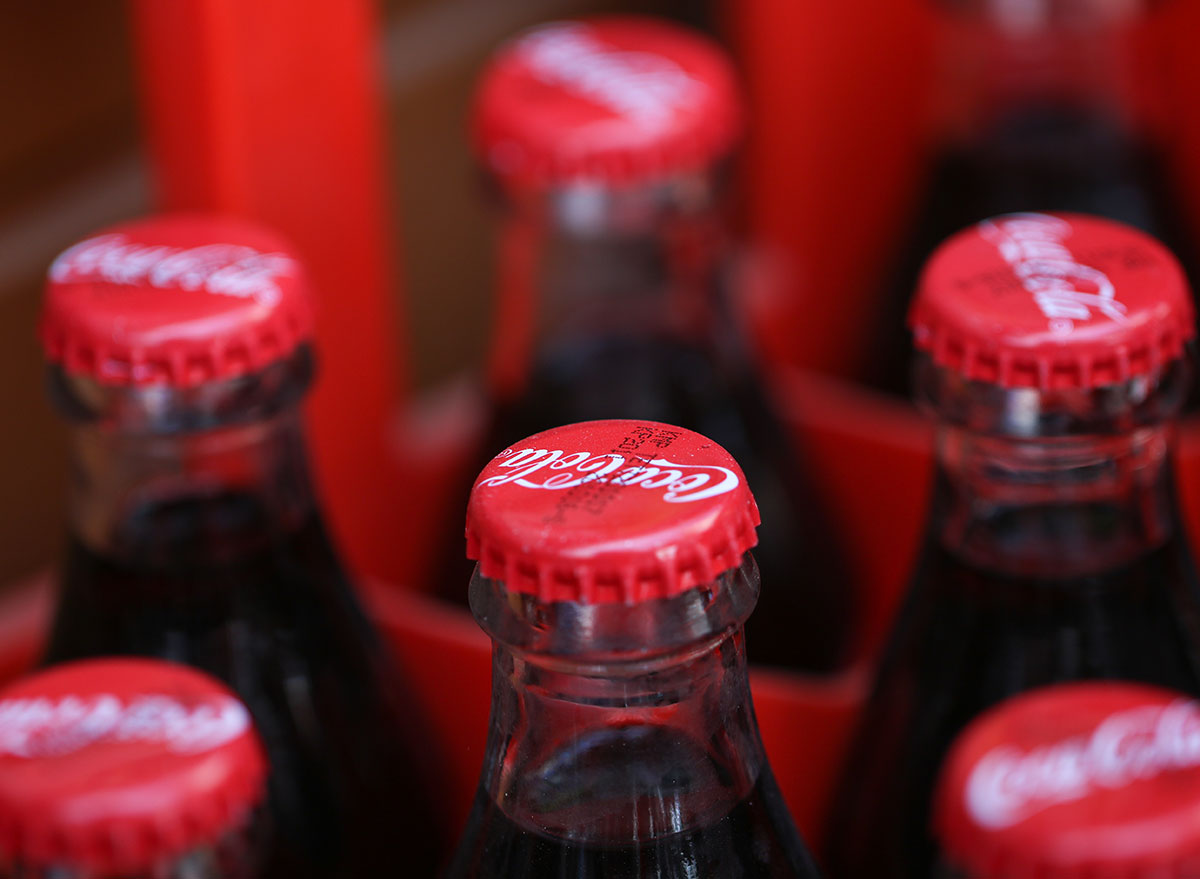
When you imagine a soft drink, many of us immediately conjure the image of a bottle of Coca-Cola in our mind's eye. This iconic beverage has become such a central part of American food culture and dominates the soda market the world over for good reason—its sugary-sweet, rich flavor connects with so many people that it has spawned candies and recipes based around its signature taste. With such a long history and powerful image, handfuls of Coca-Cola myths naturally get mixed in with facts about the drink.
With more and more people trusting information from questionable internet sources, conspiracy theories and urban legends have been thrown against Coke for decades. Trying to separate fact from fiction can prove difficult, but approaching sources skeptically always leads to the best way to get to the bottom of any rumor. You've heard these Coca-Cola myths floating around for years, but did you fall for them?
"Coke can dissolve a human tooth overnight."

This myth stems from the classic science experiment many of us participated in during elementary school. To test the acidity of water, juice, and Coca-Cola, the teacher would drop a piece of organic matter into a cup filled with each liquid. After being left overnight, the class would study how much of the original material dissolved in each cup. While the average pH of Coke comes in at 2.37, it doesn't rank high enough to cause any immediate damage to our physiology, let alone something as strong as a tooth. Acids with a pH with a ranking of 1 or lower cause very immediate threats to our health, as well as strong dissolving potential. Cola would have to have a much lower pH rating to fall into the category of chemical to seriously pose such an immediate risk.
"Coke with natural sugar is healthier."
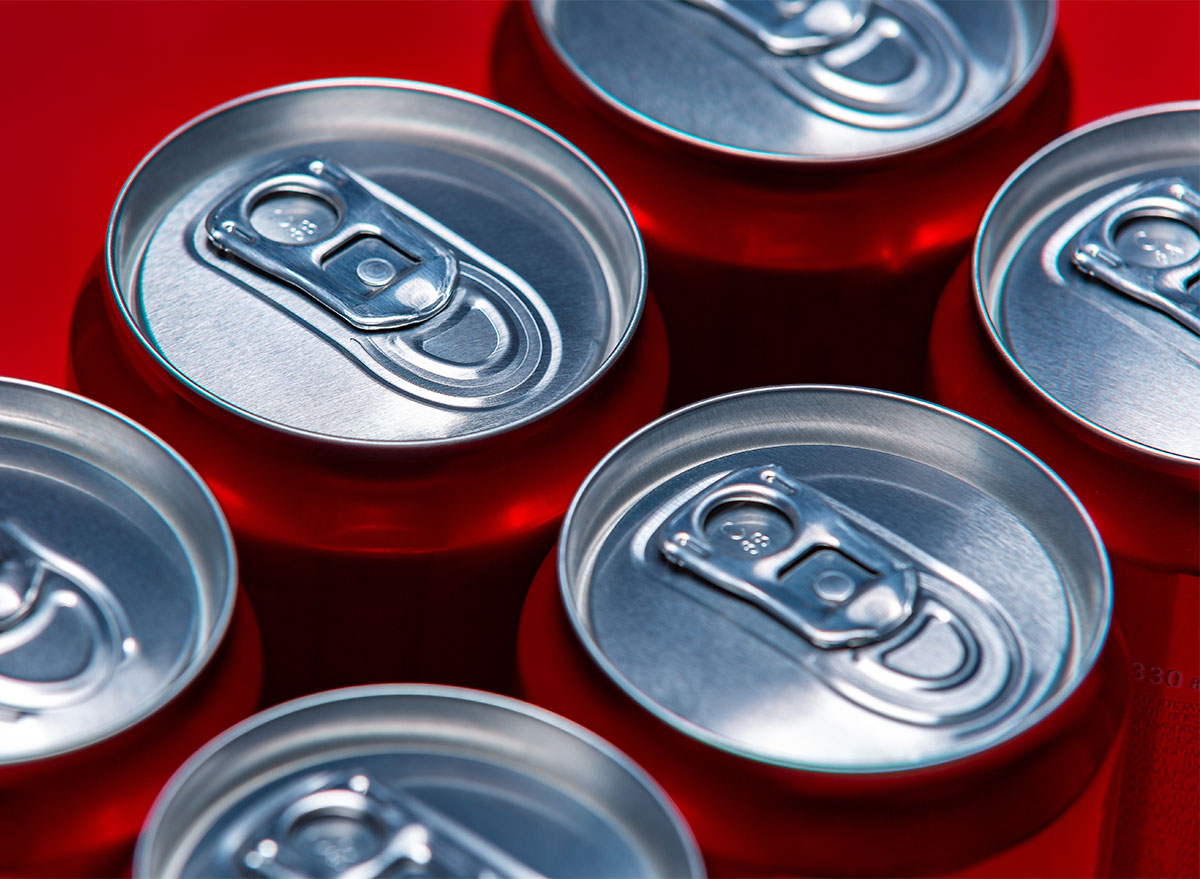
Many of us have heard that Mexican Coke or European Coke that contains sugar sourced from beets or sugar cane end up having health benefits when compared to U.S. Coke that contains high-fructose corn syrup (HFCS). While corn syrups are still being studied, sugar and corn syrup gets processed exactly the same way through our metabolism, and in this case, natural sugar doesn't equate to any health benefits. If you want to opt for a healthy beverage, skip over soda altogether.
"Coke contains pork."
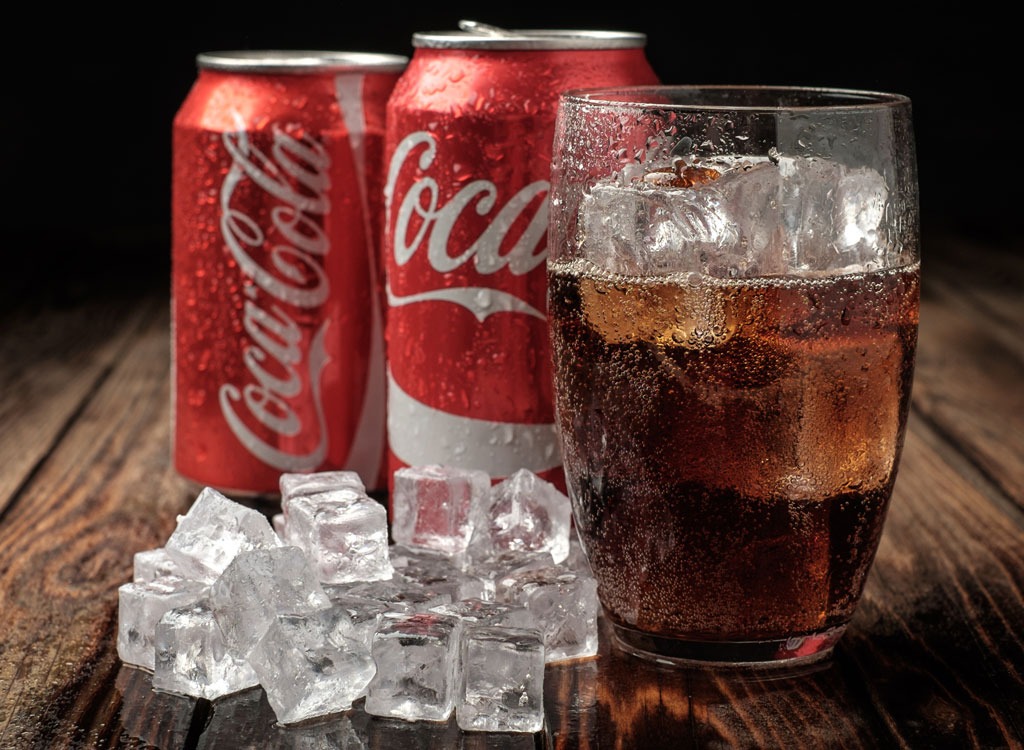
Several years ago, an internet rumor popped up outraging Coke fans—the drink allegedly contained pork! Despite this myth gaining traction every few years, Coca-Cola representatives have released multiple statements denying this rumor and blatantly stating that no meat products make their way into the beverage. Who knows how or why this rumor grew so rapidly, but we can rest easy knowing this soda still remains 100% vegan.
For more fun facts, be sure to sign up for our newsletter.
"Coca-Cola uses a food dye made from bugs."
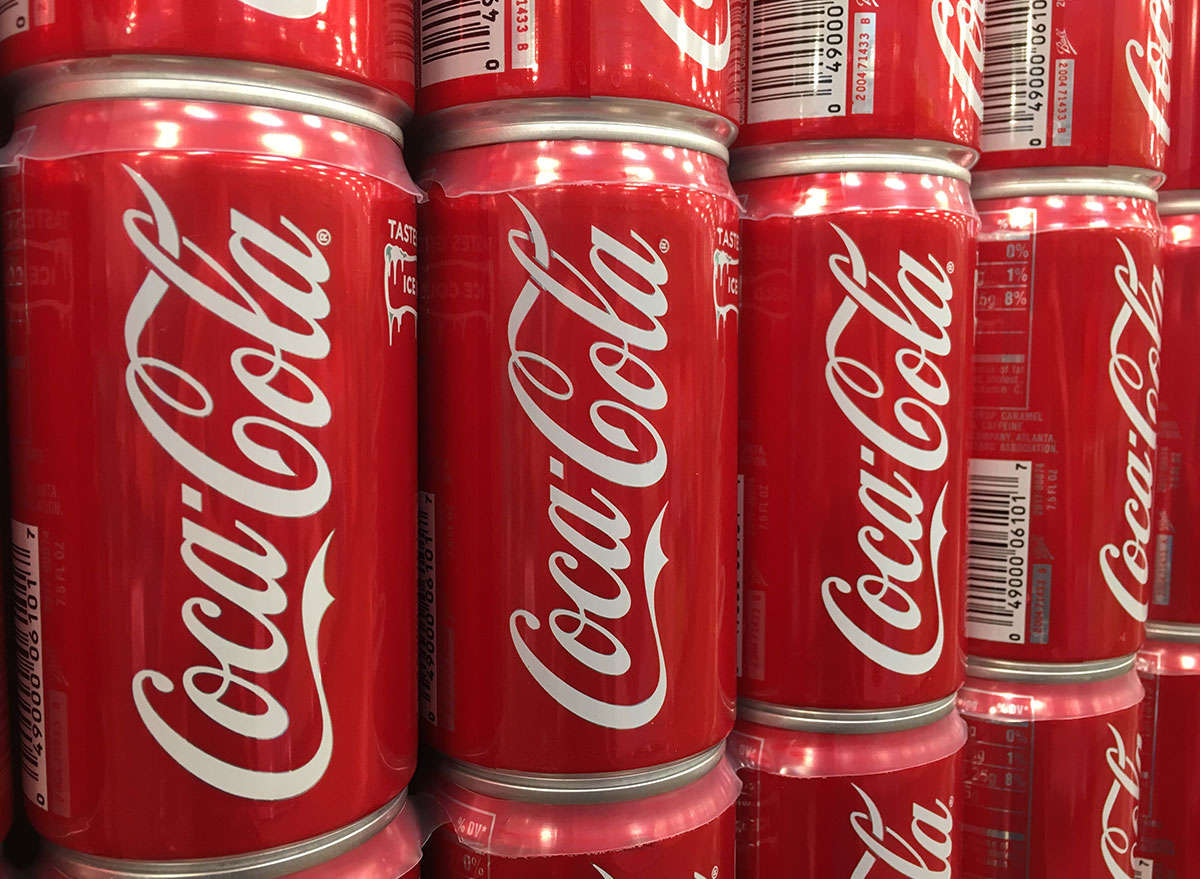
Even if Coke doesn't contain meat, what if it gets made with even more ghastly ingredients? Certain foods and drinks get their signature color from a red food dye made from crushed cochineal beetles. While this dye has been proven safe to consume and appears in a wide range of products, Coca-Cola doesn't include this product in its flagship soda. Next time you feel concerned about cracking open a can of Coke, feel secure in knowing that no bugs were harmed to make your drink.
"Cocaine is an active ingredient in Coke."

The name Coca-Cola derives from the soda's two original ingredients—the kola nut and, you guessed it, cocaine. Well before cocaine was illegalized by the U.S. government in 1914, the drug played an integral role in flavoring your average glass of Coke. The official recipe changed in 1903, using "spent" coca leaves that had a bare amount of active substance left in them. Today, the flavor of the soda partially comes from cocaine-free coca leaf extract prepared at a factory in Mayfield, New Jersey, the only factory legally able to process the drug in the United States. While cocaine played a large role in the creation of the drink, don't expect to find any of it in your soda anytime soon.
"Coca-Cola invented Santa Claus."

If you turn on the television anytime around the holiday season, you can guarantee to see a commercial featuring polar bears or Santa Claus with a bottle of Coke. This advertising campaign stretches back for almost a century, with Santa promoting the beverage as far back as 1931. Many people claim that the appearance of Santa Claus posed with the beverage cemented his image in the minds of American consumers, but this line of thinking holds no basis in history. The classic image of Santa Claus as a white-bearded man in red stretches as far back as the 18th century and has been in popular culture since the 1800s.
"Drinking Coke after eating Mentos Mints makes your stomach explode."
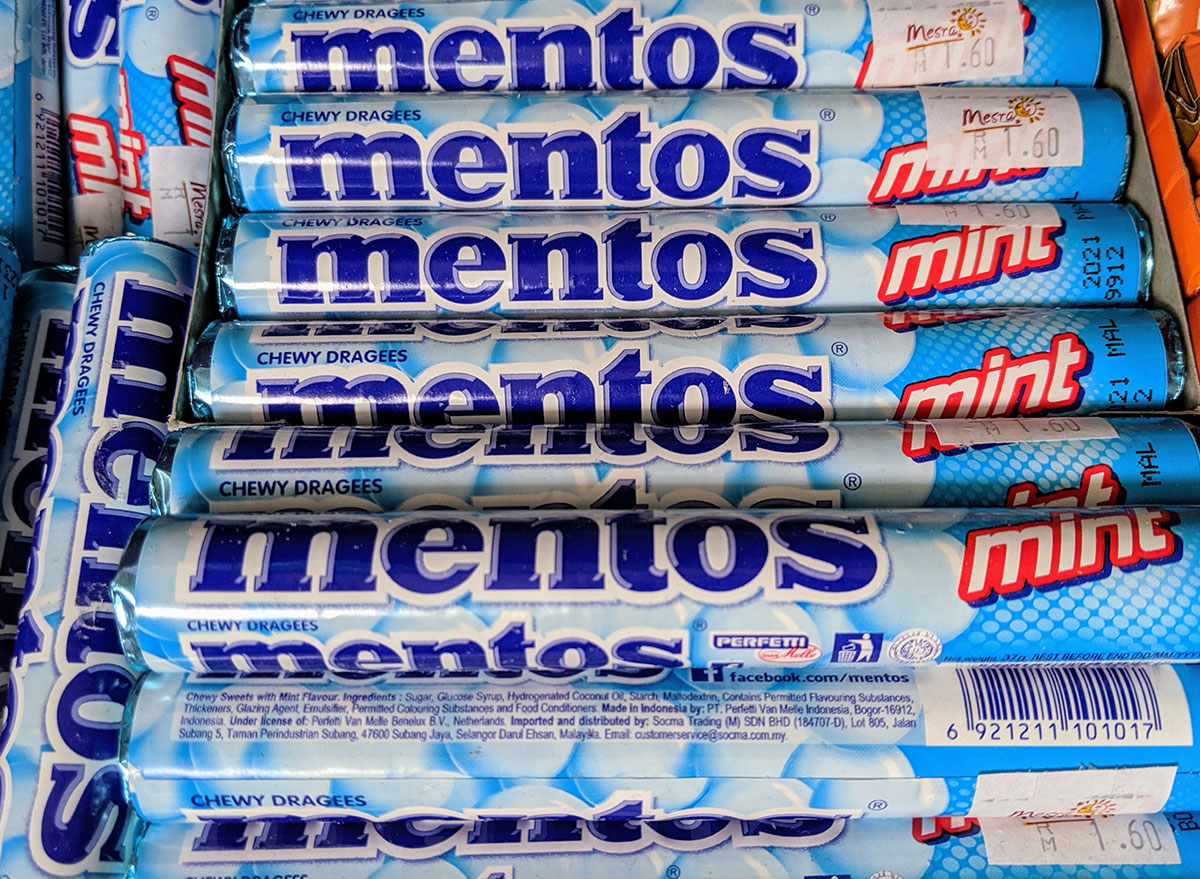
By now, many of us have seen videos online of adults and children dropping Mentos mints into bottles of cola, causing violent geysers to spurt out of the mouths of the bottle. With such an extreme physical reaction, another internet rumor started, claiming that anyone who drinks cola after swallowing a whole Mentos mint would cause the victim's stomach to explode. This gorey idea remains fiction, and while this act won't make a stomach explode, it definitely causes some serious indigestion and discomfort, so we highly recommend that you do not try this at home.
For more, check out these 108 most popular sodas ranked by how toxic they are.
